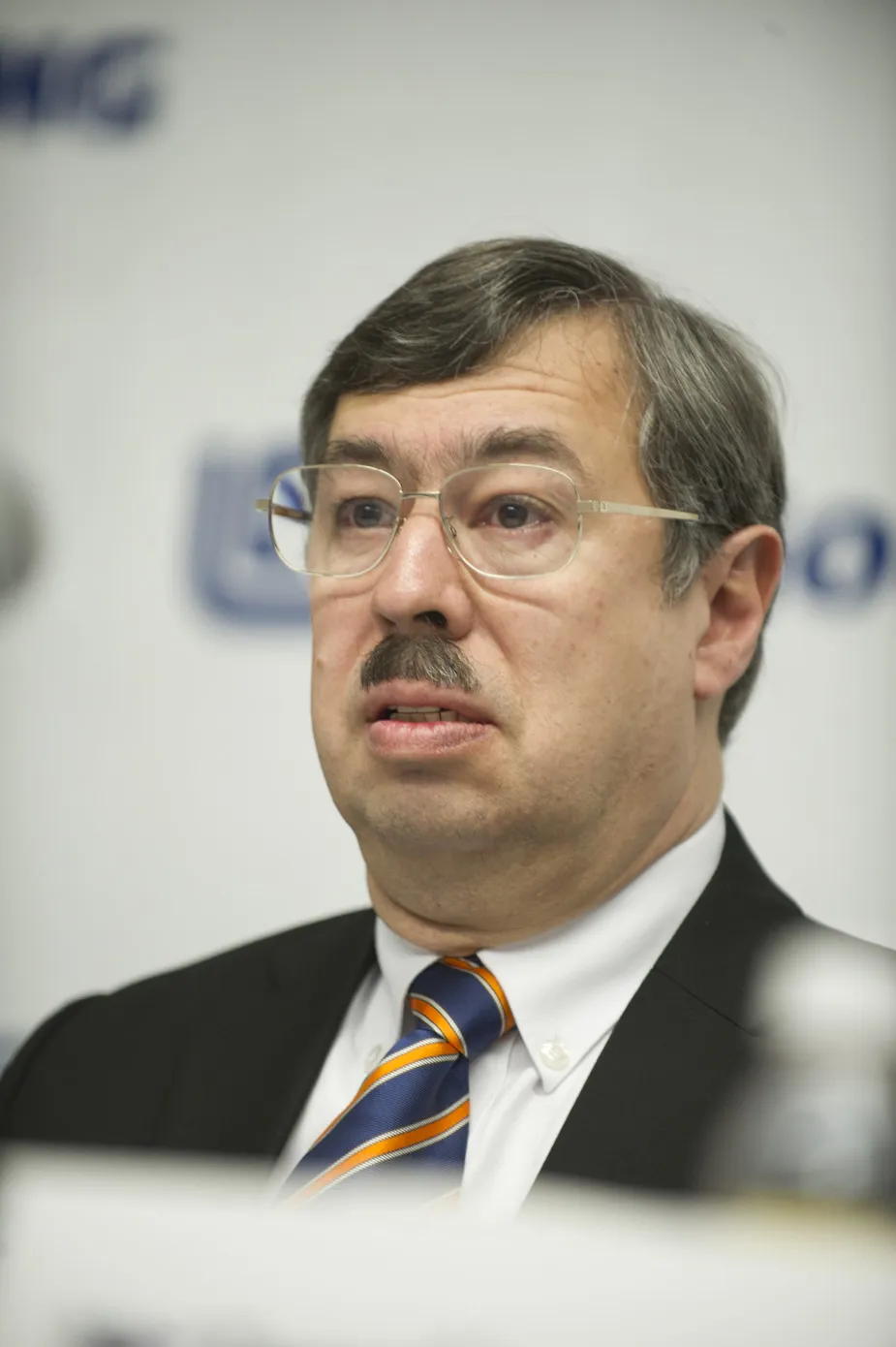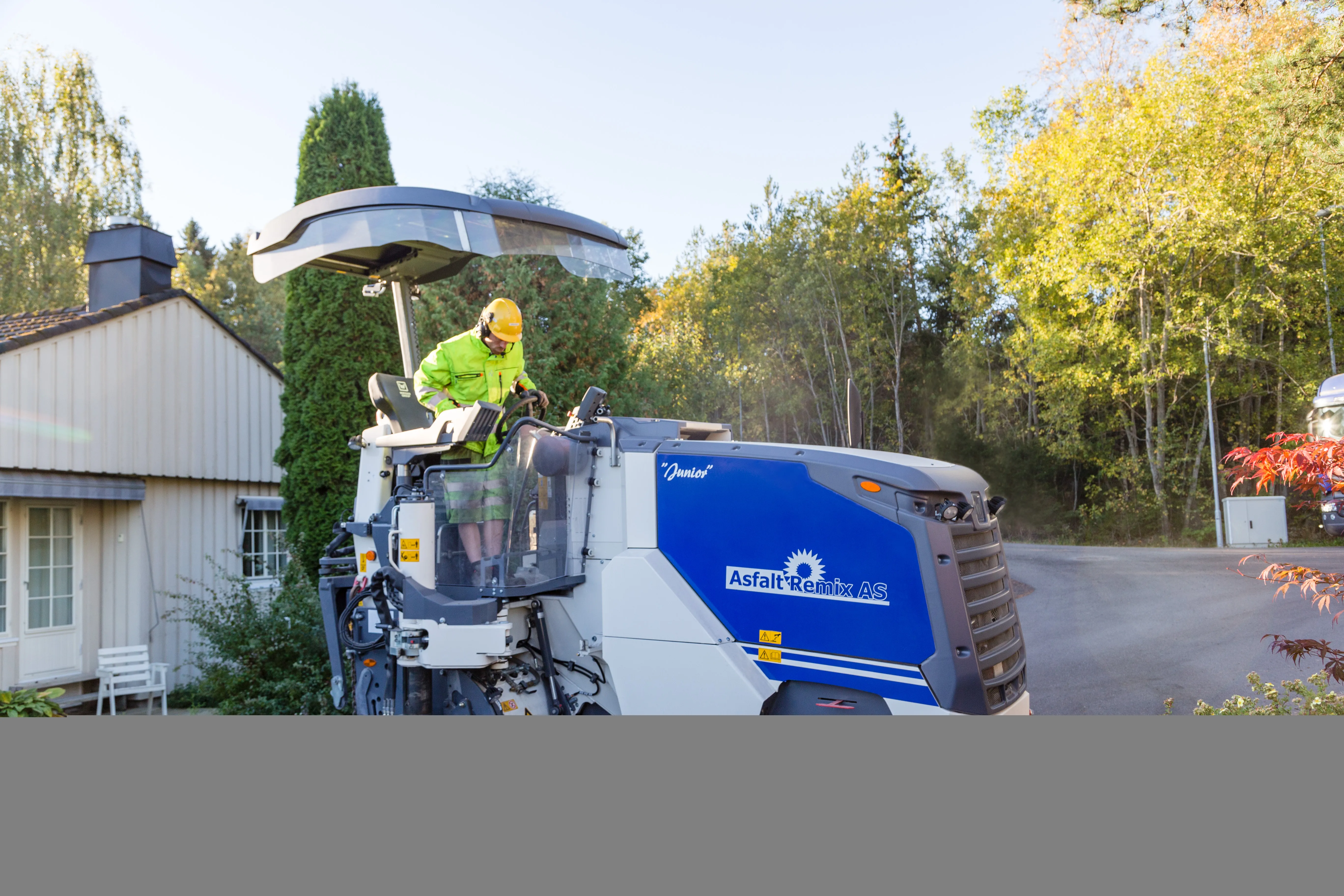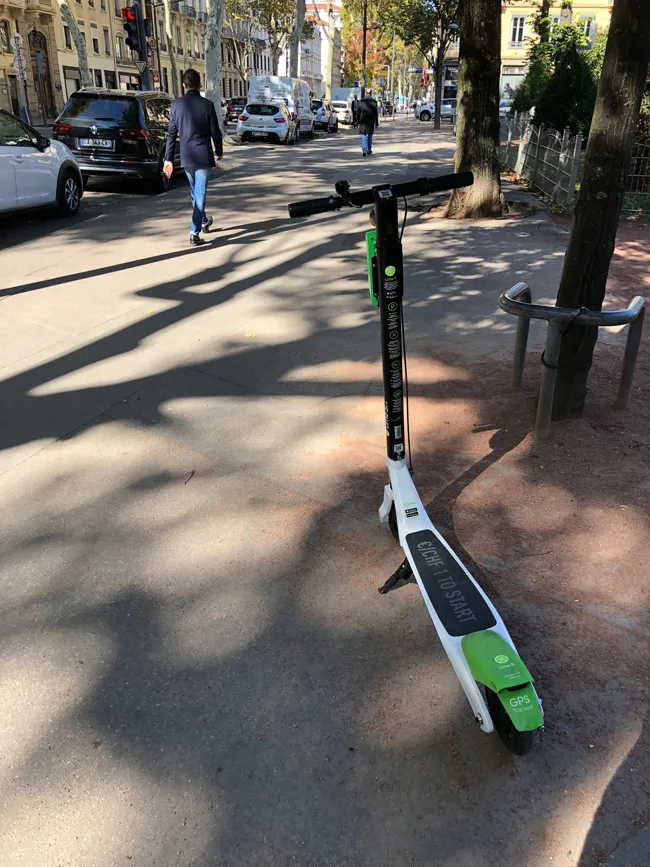Full-year sales and revenues in 2017 were $45.5 billion, up about 18% from $38.5 billion in 2016. Full-year profit was $1.26/share in 2017, compared with a loss of $0.11/share in 2016.
Adjusted profit per share in the fourth quarter of 2017 was $2.16, compared with fourth-quarter 2016 adjusted profit/share of $0.83. Adjusted profit per share in 2017 was $6.88, compared with 2016 adjusted profit/share of $3.42.
Adjusted profit per share excludes several large adjustments consisting of the impact of US tax reform, restructuring costs, mark-to-market losses for remeasurement of pension and OPEB plans, state deferred tax valuation allowance adjustments, a gain on sale of an equity investment in 2017 and a goodwill impairment charge in 2016.
Caterpillar’s financial position continued to strengthen in the fourth quarter. Machinery, Energy & Transportation (ME&T) operating cash flow was $1.3 billion during the fourth quarter of 2017 and $5.5 billion for the full year of 2017. The ME&T debt-to-capital ratio was 36.7% at the end of 2017, compared to 41% at the end of 2016. The company ended 2017 with an enterprise cash balance of $8.3 billion. In the fourth quarter of 2017, the company made a discretionary contribution to US pension plans of $1 billion and a payment for early debt retirement of $958 million.
“After four challenging years, many key markets improved in 2017, and our global team delivered strong results. We remained focused on operational excellence and made early investments in profitable growth initiatives as we began to implement our new strategy,” said Caterpillar CEO Jim Umpleby.
Caterpillar is beginning 2018 with strong sales momentum resulting from strong order rates, lean dealer inventories and an increasing backlog. Additionally, there are positive economic indicators across most of the world and in many of the company’s end markets. Caterpillar is preparing its factories and suppliers to be ready for continued growth, while remaining focused on managing with a flexible and competitive cost structure that should enable the company to respond quickly if economic fundamentals change.
The company expects 2018 profit per share in a range of $7.75 to $8.75. Excluding restructuring costs of about $400 million, adjusted profit per share is expected in a range of $8.25 to $9.25.
"We are in the early stages of implementing our strategy for profitable growth. In 2018, we expect to make additional investments in the expanded offerings and services important for Caterpillar’s long-term success. We will use our Operating & Execution Model to bias resources to areas that represent the greatest opportunity for return on our investments,” said Umpleby.
“Our focus on operational excellence will not waver as we work to develop a more competitive and flexible cost structure, including implementing lean manufacturing principles. We are positioned to capitalise on continued sales momentum or quickly adjust should conditions change,” added Umpleby.
In construction the company expects growth in 2018 with some tempering in the latter part of the year, largely due to anticipated seasonality of sales in China. Caterpillar expects improvement in North American residential, non-residential and infrastructure. The outlook does not include any impact from a potential US infrastructure bill. Europe and Asia/Pacific are expected to continue to grow, and the recovery that started in Africa/Middle East and Latin America is expected to extend into 2018.
Caterpillar’s strong financial performance for 2017
Caterpillar has announced strong fourth-quarter and full-year results for 2017. Sales and revenues in the fourth quarter of 2017 were US$12.9 billion, compared with $9.6 billion in the fourth quarter of 2016. Fourth-quarter 2017 loss was $2.18/share, compared with a loss of $2/share in the fourth quarter of 2016.
January 26, 2018
Read time: 3 mins








